Blue belly lizard is a common species of lizard found in many parts of United States and northern Mexico. It derives its name from having blue ventral abdomen. The species is diurnal.
| Kingdom |
Animalia |
| Phylum |
Chordata |
| Class |
Reptilia |
| Order |
Squamata |
| Suborder |
Iguania |
| Family |
Phrynosomatidae |
| Genus |
Sceloporus |
| Scientific Name |
Sceloporus occidentalis |
| Other Names |
Western Fence Lizard |
| Length |
Around 21 cm |
| Color |
Sandy or greenish brown to black with black stripes on the backs; belly is bright blue with yellow ventral sides of the limbs; blue patches on the throats which is faint or absent in females and juveniles; the dorsal surface of some male members have iridescent, bright turquoise blue spots |
| Distribution |
California, eastern and southwestern Oregon, southwestern Idaho, western Utah, Nevada, northwestern Baja California, Arizona |
| Habitat |
Grassland, broken chaparral, woodland, sagebrush, coniferous forest, farmland |
| Diet |
Insects like ants and baby crickets, spiders, mealworms, waxworms, earthworms, larger crickets, grasshoppers |
| Hibernation Fact |
Hibernates during winter |
| Predators |
Hawks and other birds, raccoons, foxes, snakes |
| Breeding Season |
Spring |
| Mode of Reproduction |
Oviparous (egg laying) |
| Clutch Size |
3 to 17 eggs |
| Incubation Period |
Around 2 months |
| Reproductive Age |
1 year of age |
| Average Lifespan |
Up to 5 years |
| IUCN Conservation Status |
Least Concern |
Blue Belly Lizard Pictures Gallery
-
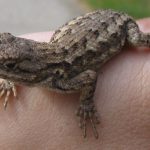
-
Blue Bellied Lizards
-
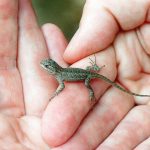
-
Blue Belly Lizard Baby
-
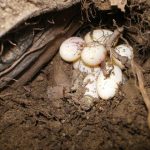
-
Blue Belly Lizard Eggs
-
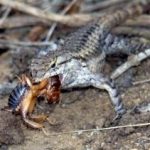
-
Blue Belly Lizard Food
-
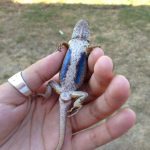
-
Blue Belly Lizard Images
-
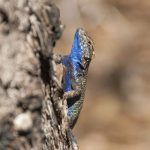
-
Blue Belly Lizard Pictures
-

-
Blue Belly Lizard
-
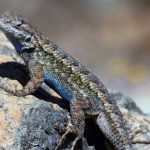
-
Blue Belly Lizards
-
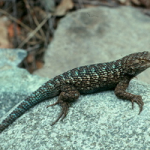
-
Sceloporus Occidentalis
-
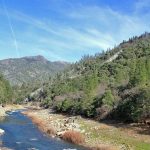
-
Western Fence Lizard Habitat
-
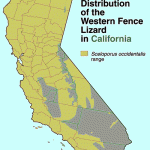
-
Western Fence Lizard Range
-
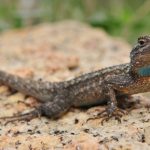
-
Western Fence Lizard
-
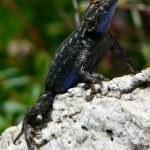
-
Western Fence Lizards
-
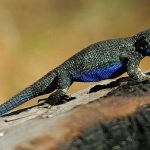
-
Blue Bellied Lizard
-

-
Blue Belly Lizard Care
-
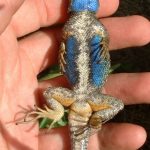
-
Blue Belly Lizard Male
-
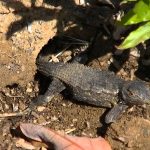
-
Blue Belly Lizard Nest



















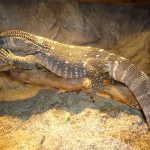
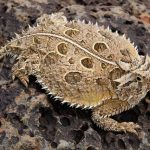
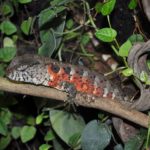
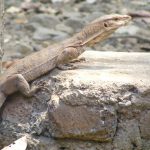
Is it unusual for a blue belly lizard to be seen in lower Alabama?
Not really, but it is more likely that you saw an eastern fence lizard as they are more commonly found in Alabama. And the two species look pretty simialr.